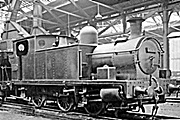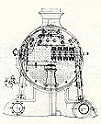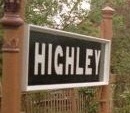|
|
|
|
|
The Great Western Archive
|
|
|
|
|
|
|
|
|
|
|

|
|
The Atomz search engine will search
for any required keywords in this site.
|
|

|
|
Great Western Stations
A selection of my favourite Great Western Stations complete
with histories, track plans and signalbox diagrams.
|
|

|
|
Sounds of Steam
The sounds of Britain's Big Four steam
and BR locomotives now in
crystal clear MP3 sound.
|

|
|
Great Western Stock Codes
A list of the stock codes for GWR rolling stock, where a gnat can be larger than a crocodile and snakes and pythons roam the countryside
|
|

|
|
Great Western Coaches
A selection of preserved Great Western coaches and passenger vans.
|
|
|
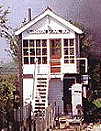
|
|
Great Western Signal Boxes
The Great Western Railway used 1,943 signal and crossing boxes and ground frames to allow a safe passage of its services. Here, the GWR system is divided into 15 sections with each section giving the opening and closing times of each box, distances between boxes and maps.
|
|
|
|

|
|
The GWR Railcars
The Great Western railcars were a ground-breaking achievement for a company with its roots set firmly in the steam locomotive. All railcars are described through the original Park Royal bodied cars, the Gloucester built variants to the final Swindon built railcars.
|
|
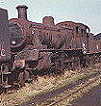
|
|
The Story of
Woodham Brothers at Barry
The detailed story of the legendary Barry scrapyard with complete lists of all those locomotives saved, the order that the left the yard and those engines that were cut up
|
|
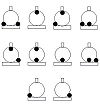
|
|
Back to basics
A 17 part series describing the workings of a steam locomotive and each components function together with headlamp and signalbox bell codes.
|
|
|

|
|
Preserved Steam Locomotives
A listing of all preserved steam locomotives of
British Railways and the 'Big Four'.
Updated and now includes War Department locomotives
|
|
|
|
The Western Region Archive
|
|
|
|
|
|
|
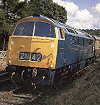
|
|
Western Region's diesel-hydraulic locomotives
From five heavy underpowered prototypes
to a fleet of modern powerful locomotives.
The The Modernisation Plan of 1955 should have given Britain one of the most up-to-date railway systems in the world.
That is until politics got in the way!
The first engines used by the diesel-hydraulic locomotives were fairly unreliable, but after a few years of painstaking work by both British Railways and the engine manufacturers, reliability became a key word . . . . . . . just prior to all diesel-hydraulics being withdrawn.
|
|
|
The page's Web Counter says that you are visitor number

Copyright © by John Daniel 2013.
Many thanks to Eric A. Meyer of CWRU and also Neil Johan.
|
|

